Sacred Forests in the Mahabharata: Ancient Wisdom for Spiritual Growth
Explore the spiritual significance of forests in the Mahabharata. Discover how these sacred spaces shaped character transformations, fostered divine encounters, and offered profound spiritual teachings. Read more about nature's role in enlightenment.
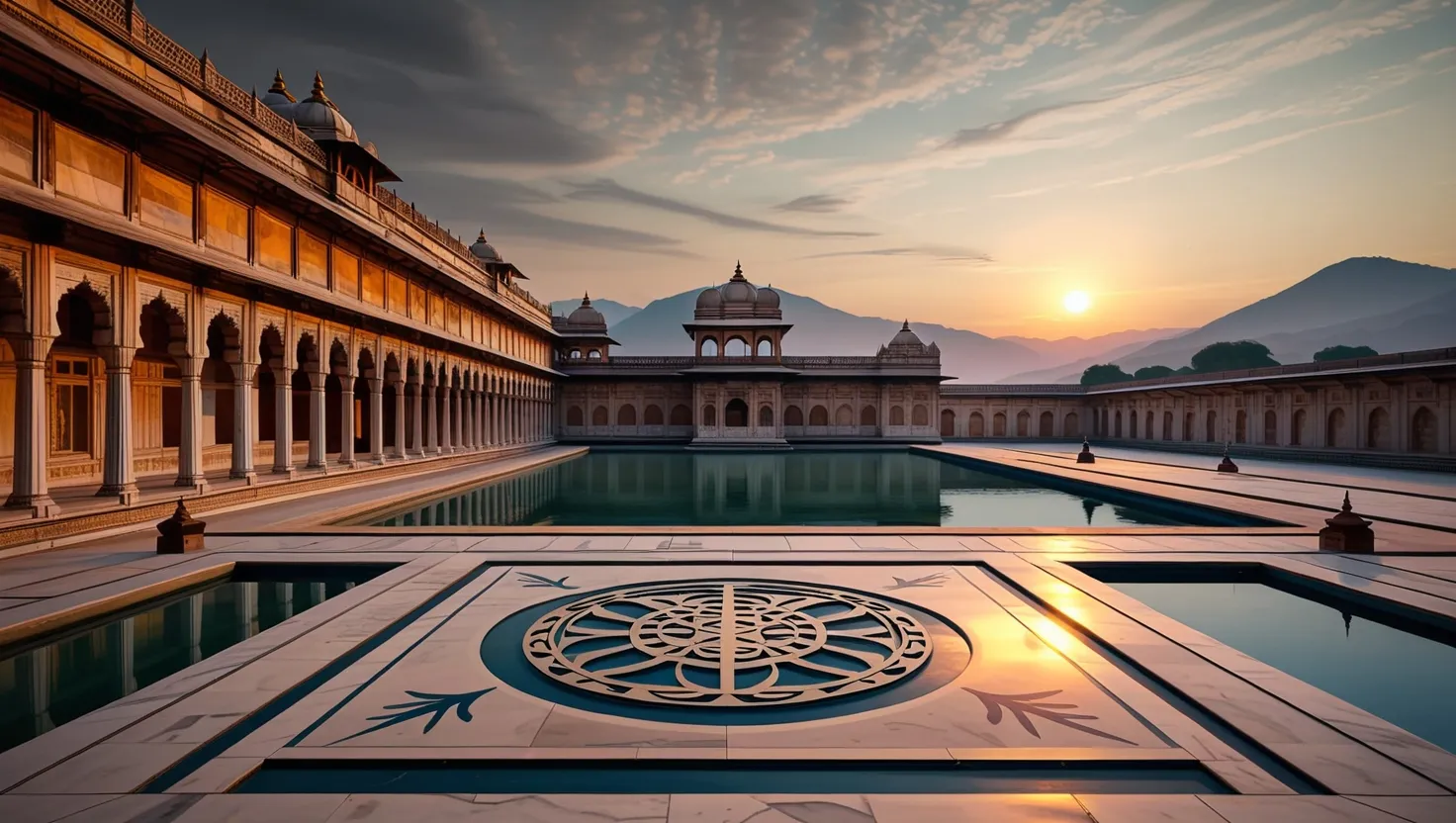
Karma in The Mahabharata: Life Lessons from Ancient India's Greatest Epic [2024 Guide]
Discover how karma shapes human destiny in the Mahabharata. Learn timeless lessons on actions, consequences & moral choices from this ancient epic. Explore the complex interplay of justice & dharma. Read now.

Hidden Mentors in Mahabharata: 7 Profound Life Lessons from Unexpected Teachers
Discover timeless wisdom from The Mahabharata's hidden mentors. Learn how unexpected guides like Vyasa, Krishna & the Yaksha shaped destinies. Explore powerful lessons for modern life. Read more. #Mahabharata #Wisdom
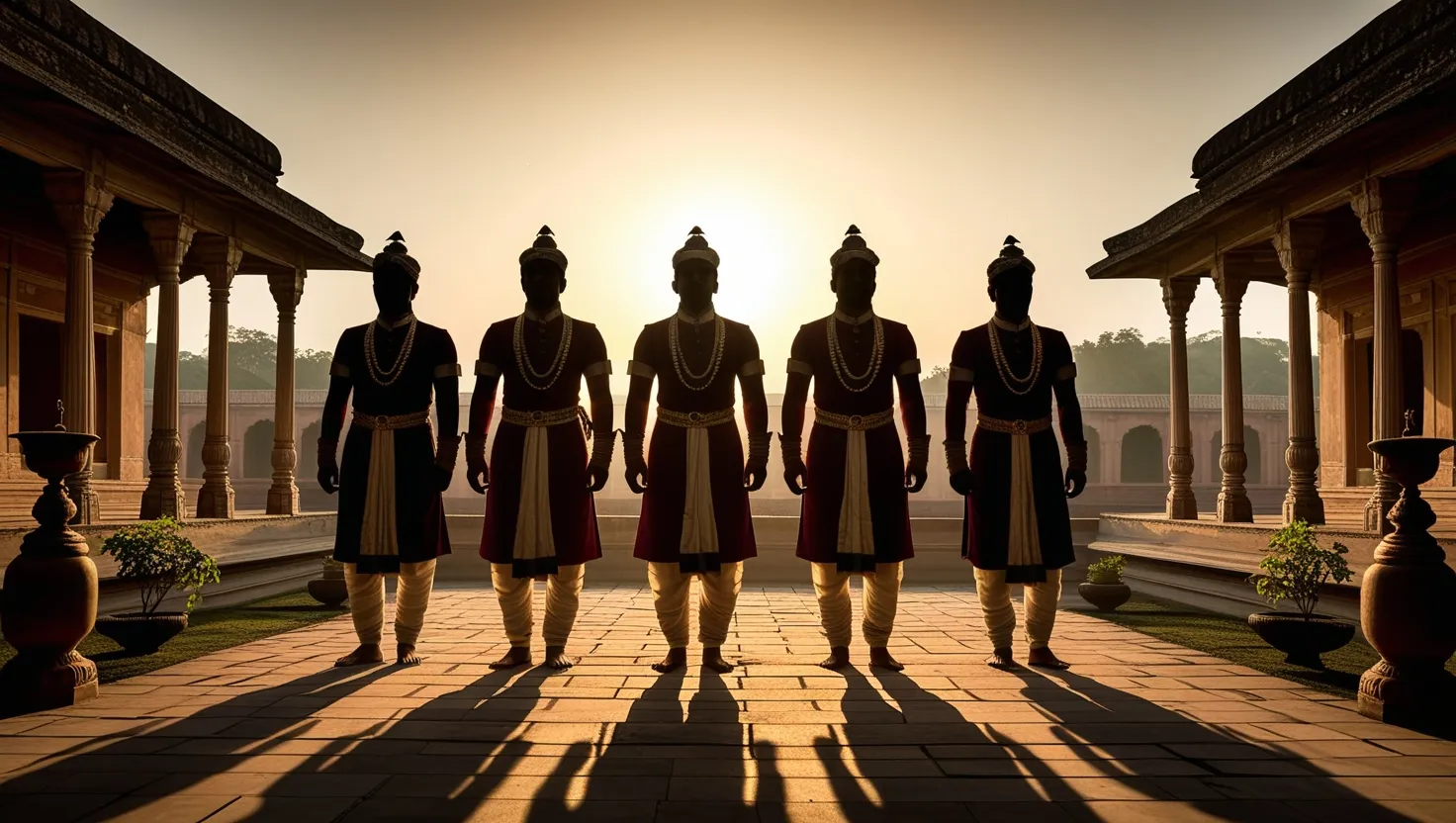
Brotherhood in the Mahabharata: Ancient Lessons on Family Bonds for Modern Times
Discover how the Mahabharata explores brotherhood through the Pandavas and Kauravas. Learn timeless lessons about family bonds, loyalty, and conflict from this ancient Indian epic. Read more to understand these relationships.

Karna: Unraveling the Tragic Hero of Mahabharata - Loyalty, Identity, and Moral Dilemmas
Explore Karna's complex journey in the Mahabharata. Discover themes of loyalty, identity, and morality in this tragic hero's life. Uncover timeless wisdom from his story.
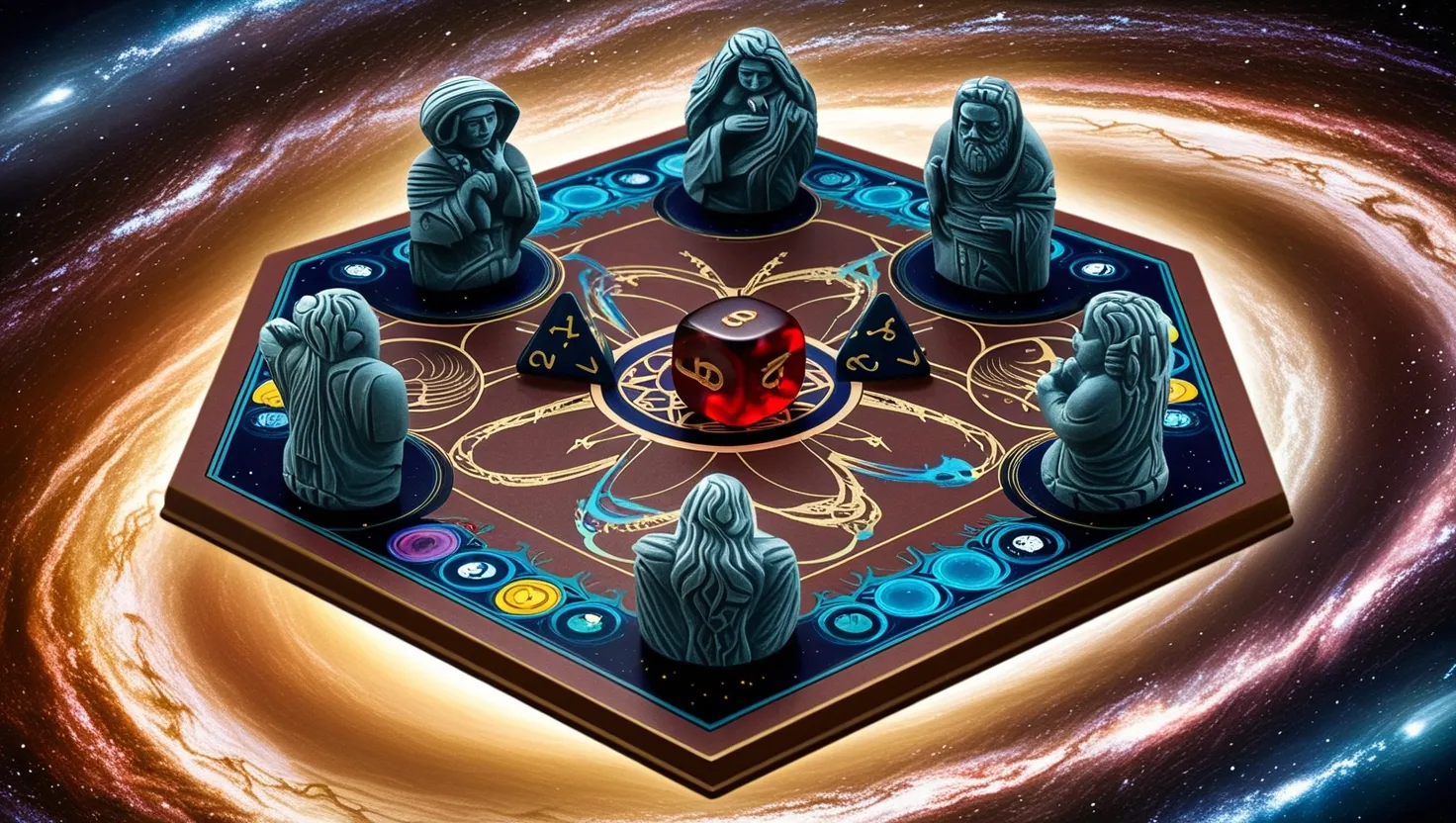
The Dice Game in Mahabharata: Fate, Choice, and Consequences in Life's Ultimate Gamble
Explore the game of dice in Mahabharata as a metaphor for life's unpredictability, fate vs. choice, and consequences of actions. Discover timeless wisdom for navigating life's challenges.
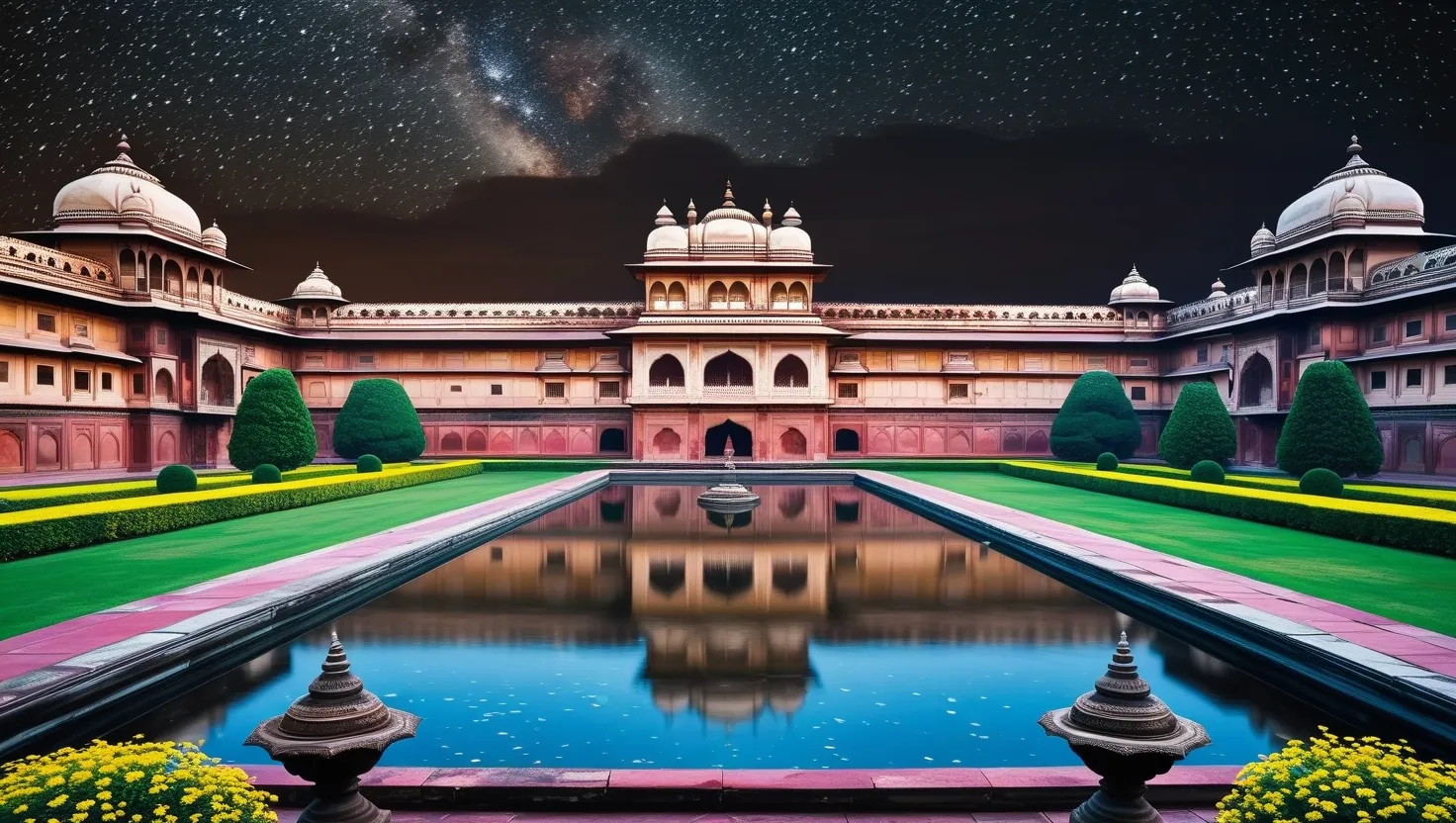
Mahabharata's Timeless Lessons in Statecraft: Ancient Wisdom for Modern Leaders
Explore the timeless wisdom of statecraft in the Mahabharata. Learn leadership lessons from Krishna, Yudhishthira, and Bhishma. Discover ancient principles for modern governance. Read now.
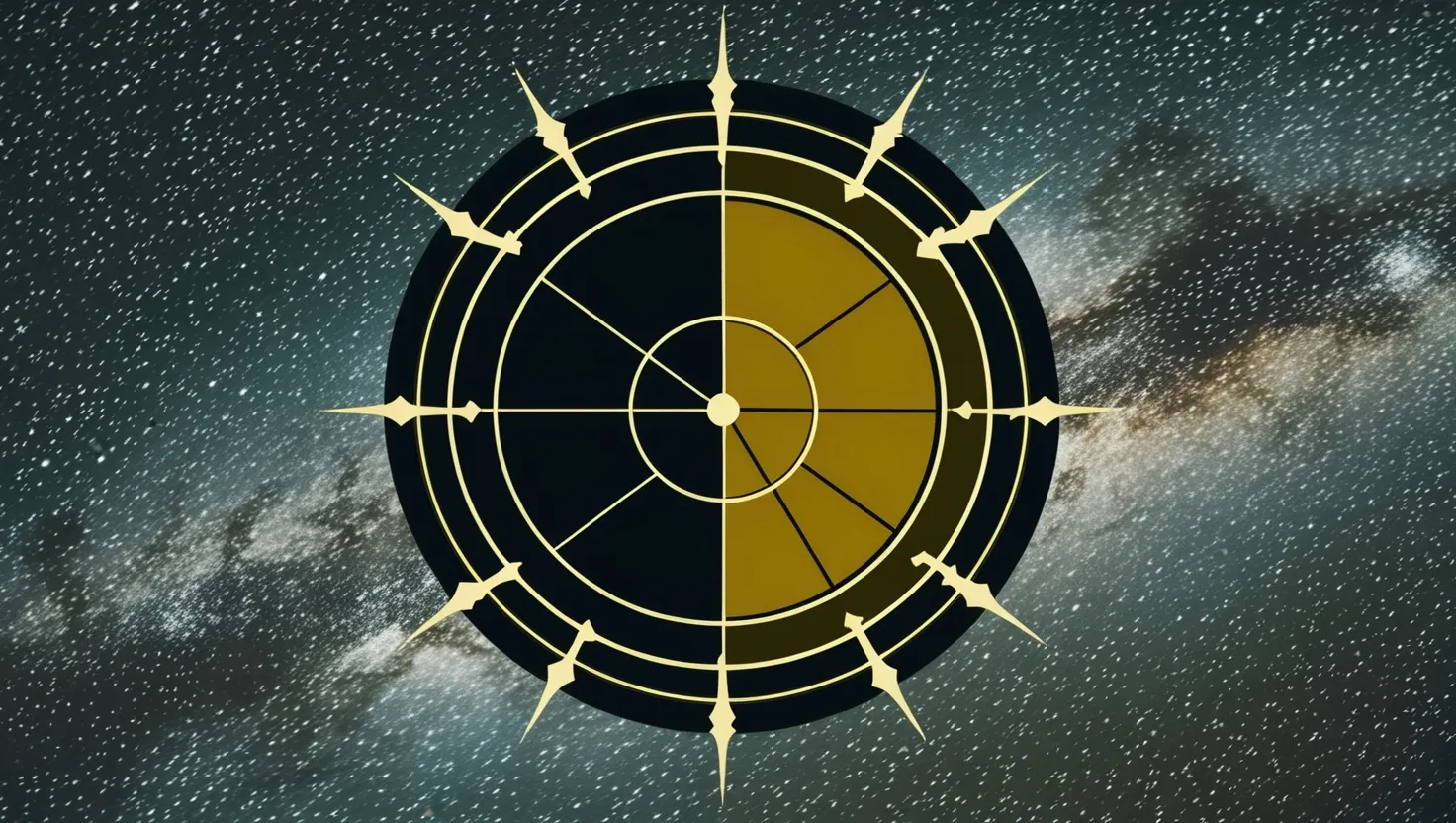
Mahabharata's Time Cycles: Ancient Wisdom for Modern Reflection
Explore the Mahabharata's concept of time: cyclical yugas, cosmic order, and human destiny. Discover how this ancient epic's wisdom applies to our lives today. Read now.
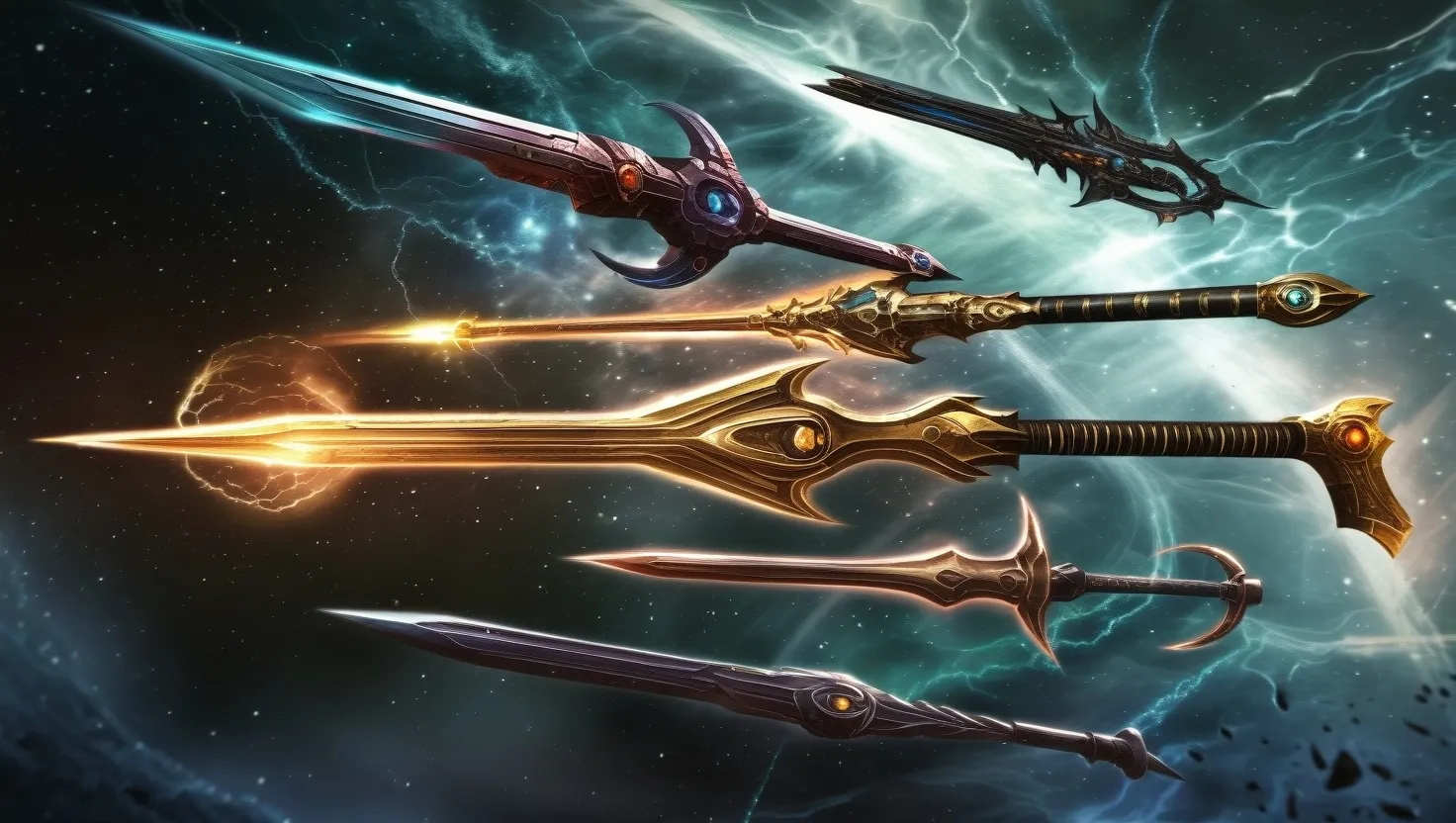
Divine Weapons in the Mahabharata: Celestial Arms and Ethical Warfare
Discover the divine weapons of Mahabharata: Learn about celestial arms, their symbolism, and ethical implications. Explore the balance of power and responsibility in ancient wisdom.
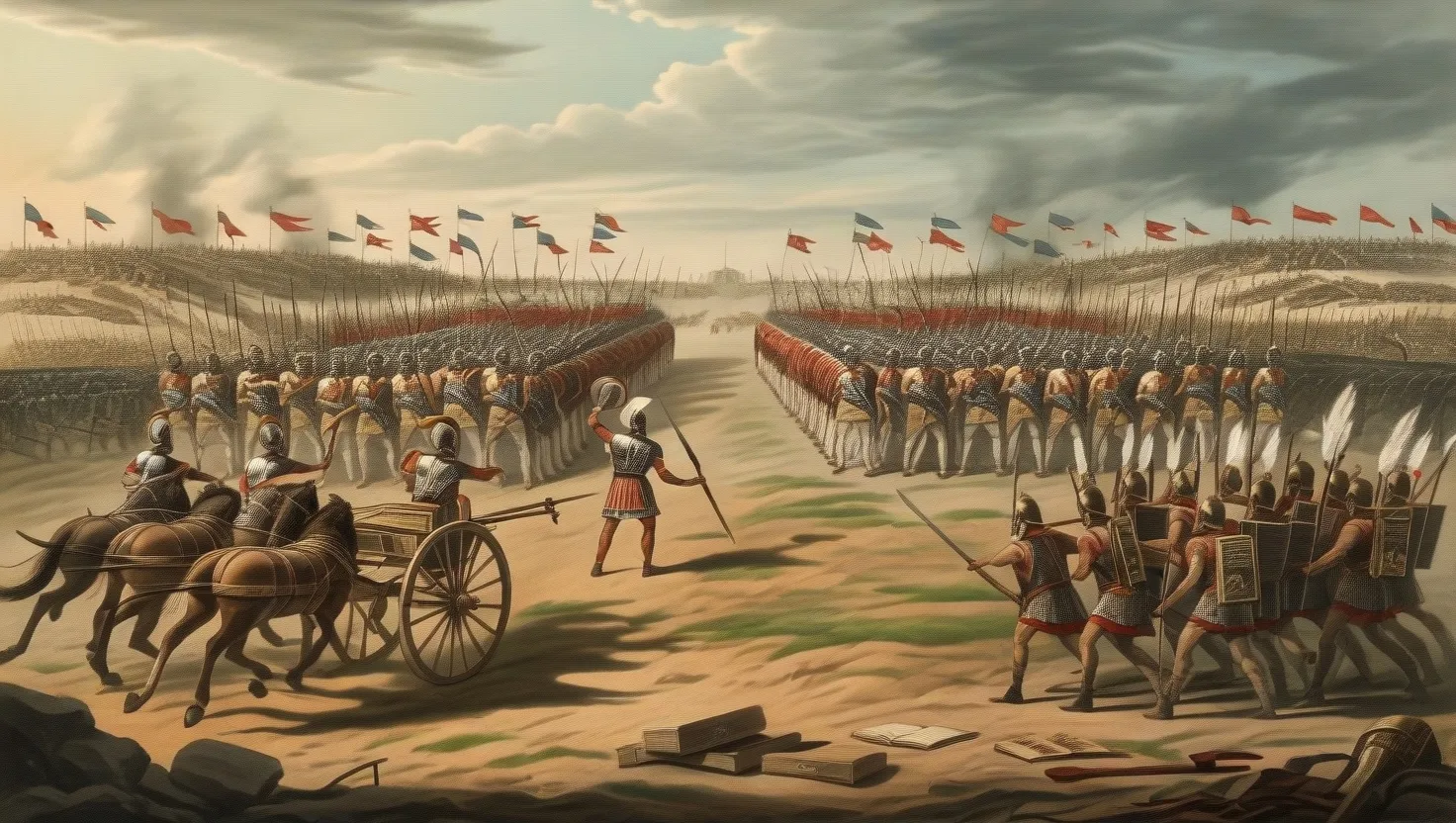
Leadership Lessons from the Kurukshetra War: Ancient Wisdom for Modern Success
Explore timeless leadership lessons from the Kurukshetra War. Discover strategic brilliance, ethical dilemmas, and adaptability principles for modern leaders. Learn from ancient wisdom.
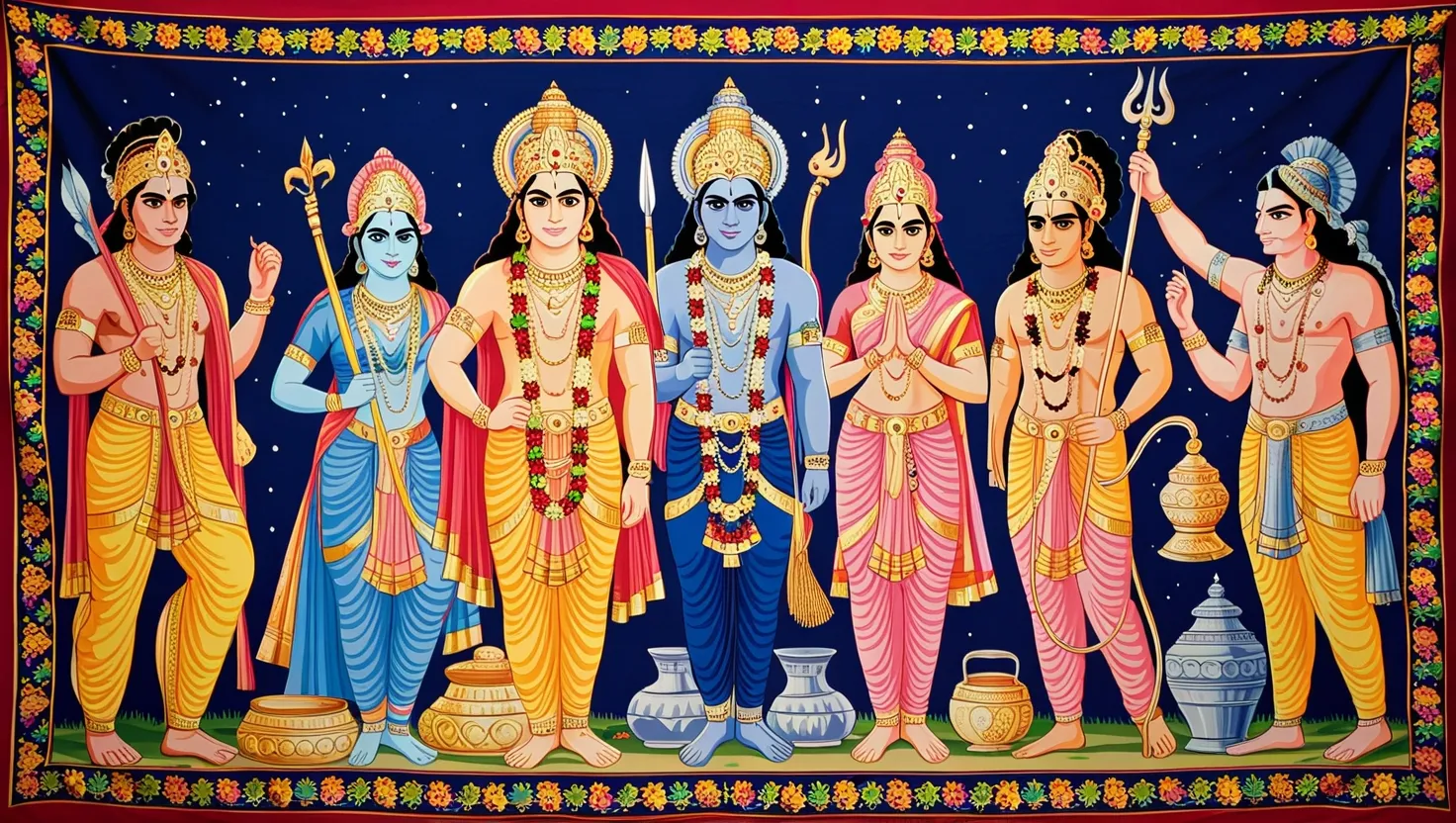
Unsung Heroes of the Mahabharata: Hidden Gems that Shaped the Epic
Discover the hidden heroes of the Mahabharata. Explore lesser-known characters who shaped the epic's narrative. Gain insights into loyalty, justice, and human nature. Uncover ancient wisdom for modern life.
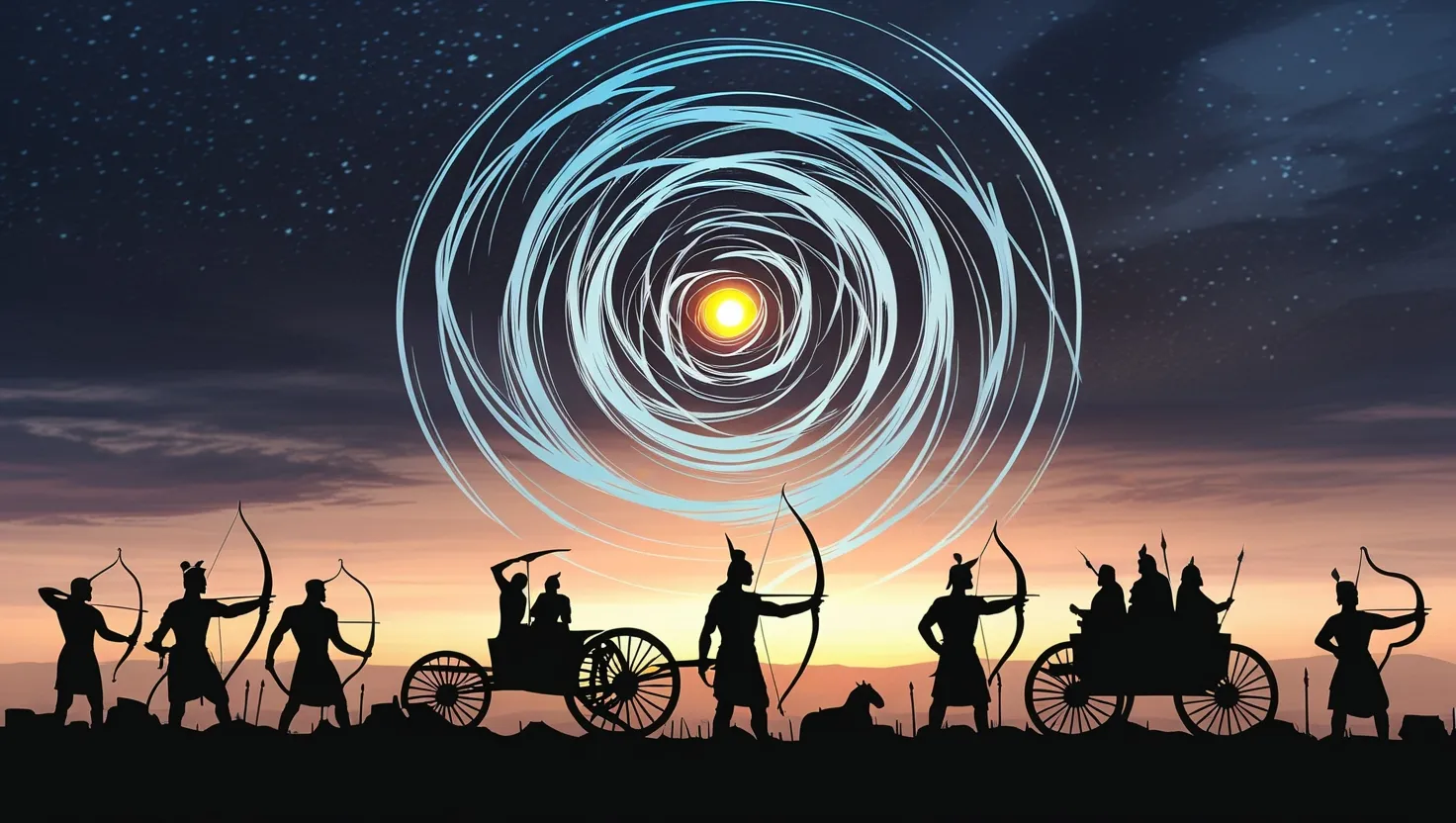
Mahabharata's Moral Maze: Duty, Dharma, and Ethical Dilemmas
Explore the moral dilemmas in the Mahabharata and their relevance today. Discover how ancient wisdom can guide modern ethical decisions. Learn from timeless characters and their choices.
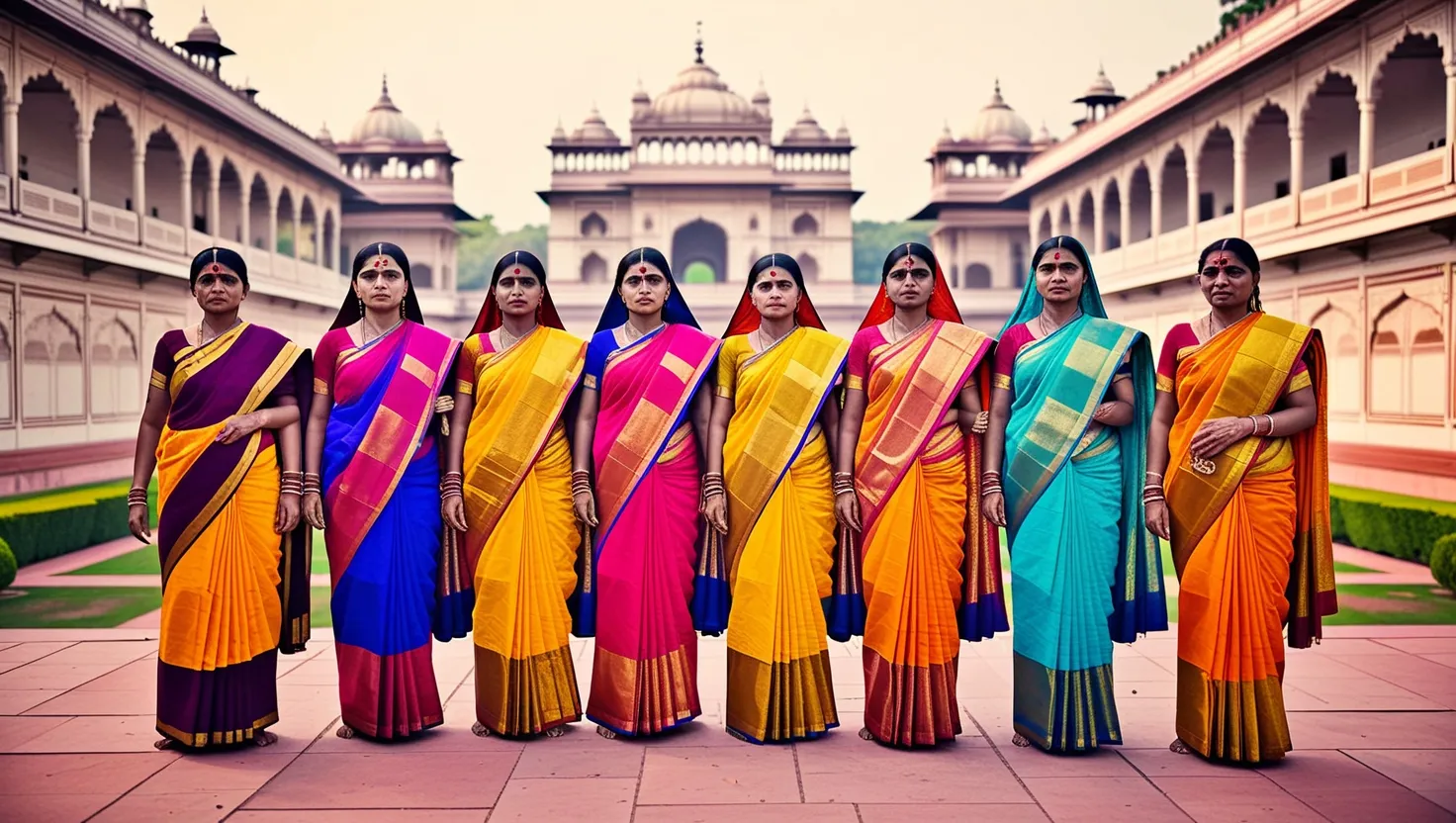
Powerful Women of the Mahabharata: Unsung Heroines Shaping an Epic
Discover the influential women of the Mahabharata. Explore how Draupadi, Kunti, and others shaped the epic's narrative through resilience and strategic brilliance. Uncover their enduring legacy.
